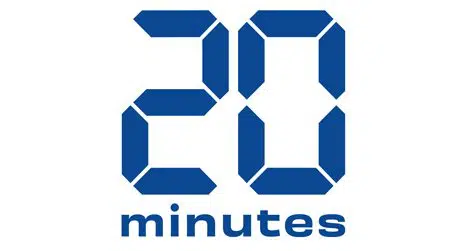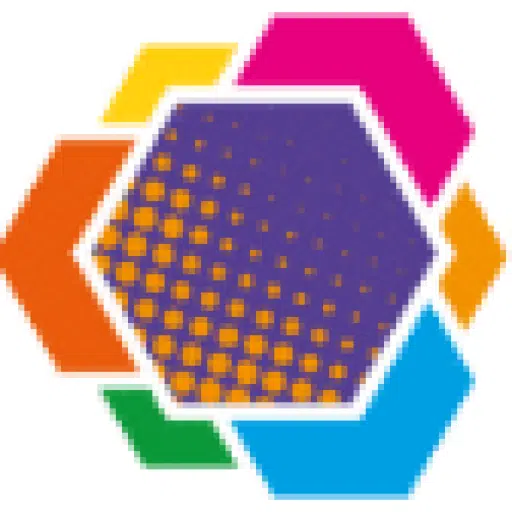[20 MINUTES] OliKrom believes in the attractiveness of its paint that lights up at night

LuminoKrom technology, developed by a company in Pessac (Gironde), allows this paint to reflect light at night and thus illuminate bike paths.
This innovation developed by OliKrom, in partnership with Eiffage, was inaugurated in 2018. It now equips around 20 sites in France.
With the creation of new bike paths since the end of containment, OliKrom hopes to benefit from a craze on the part of communities.
An innovation that is gradually emerging from the shadows. Two years after its launch, LuminoKrom technology, developed by the Pessac (Gironde) based company Olikrom, has been installed on some twenty bicycle paths in France, from Alsace to the Bordeaux conurbation via Annecy.
This photoluminescent paint – which reflects light at night after absorbing it during the day – had been inaugurated on a first bike path in Pessac, in September 2018. Developed in partnership with Eiffage, it had taken Olikrom four years to bring it to life. This fall, Bordeaux-Montaigne University chose this technology for one of the trails on its campus, a stretch of more than 500 meters. “Sloping, winding and lacking public lighting, it was particularly accident-prone, explains Olikrom in a release. By capturing light during the day and creating a “light guide” at night, this new road marking helps make travel safer for users.”
“This new school year is a big issue because the city councils are preparing their bicycle plans”.
However, the Pessac-based company would like to move up a gear, and hopes to benefit from a favourable market niche thanks to the bicycle boom in French cities. This fall represents a big challenge for us,” admits Jean-François Létard, president and founder of Olikrom, and former research director at the CNRS, “because city councils are in the process of rolling out their bicycle plans, and they will also have to perpetuate or replace the yellow markings that have developed almost everywhere after the confinement” (the famous coronapistes).
“After the spring and summer cycling craze,” he continues, “the challenge for municipalities will be to encourage people to continue to cycle, as we head into less forgiving weather and nights that will fall earlier and earlier…” This, of course, is where the LuminoKrom technology intends to prove its worth.
OliKrom, which has about twenty employees, is able “to respond within seven days to the order of a community, he promises. In this context of Covid, it is a very quick way to equip and secure a city. And Jean-François Létard announced projects in Floirac and Villenave-d’Ornon.
“See how this experimentation ages over time”
It’s an extremely interesting technology,” confirms Clément Rossignol-Puech, EELV mayor of Bègles and vice-president of the metropolis in charge of mobility, “even if it has a cost, since it’s about ten times more expensive than a classic paint job. But it is true that when there is no public lighting at night, it is complicated to see the improvements. We just need to give ourselves a little time to see how this experiment ages, but I’m in favor of continuing.”
This “made in Aquitaine” innovation also makes it possible to respond to other issues, in particular that of light pollution, while more and more cities “cut off part of their lighting at night” for economic and environmental reasons. And Jean-François Létard prefers to emphasize that at 4,000 euros per km, his luminescent paint “costs much less than public lighting, which costs between 200,000 and 400,000 euros per km.
Photoluminescent marking, visibility between 50 m and 80 m
This patented technology is obviously not only used for bicycle paths, but can also be effective on certain roads. We also have plans to deploy it on pedestrian walkways,” adds Jean-François Létard, “because in Bordeaux many students party in the city center, but most of the time they live in Pessac and Talence. At night you thus have a procession of students walking with their cell phones to see, because the city turns into a real trap.”
According to a study conducted by Ifsttar (French Institute of Science and Technology of Transport, Development and Networks), the Luminokrom paint would allow a visibility of between 50 and 80 meters. Composed of pigments “that have the ability to be charged by direct or indirect sunlight, and also to car and bicycle headlights”, this paint releases at night the light stored during the day.
OliKrom should announce its first contract with a major European city in a few weeks.

